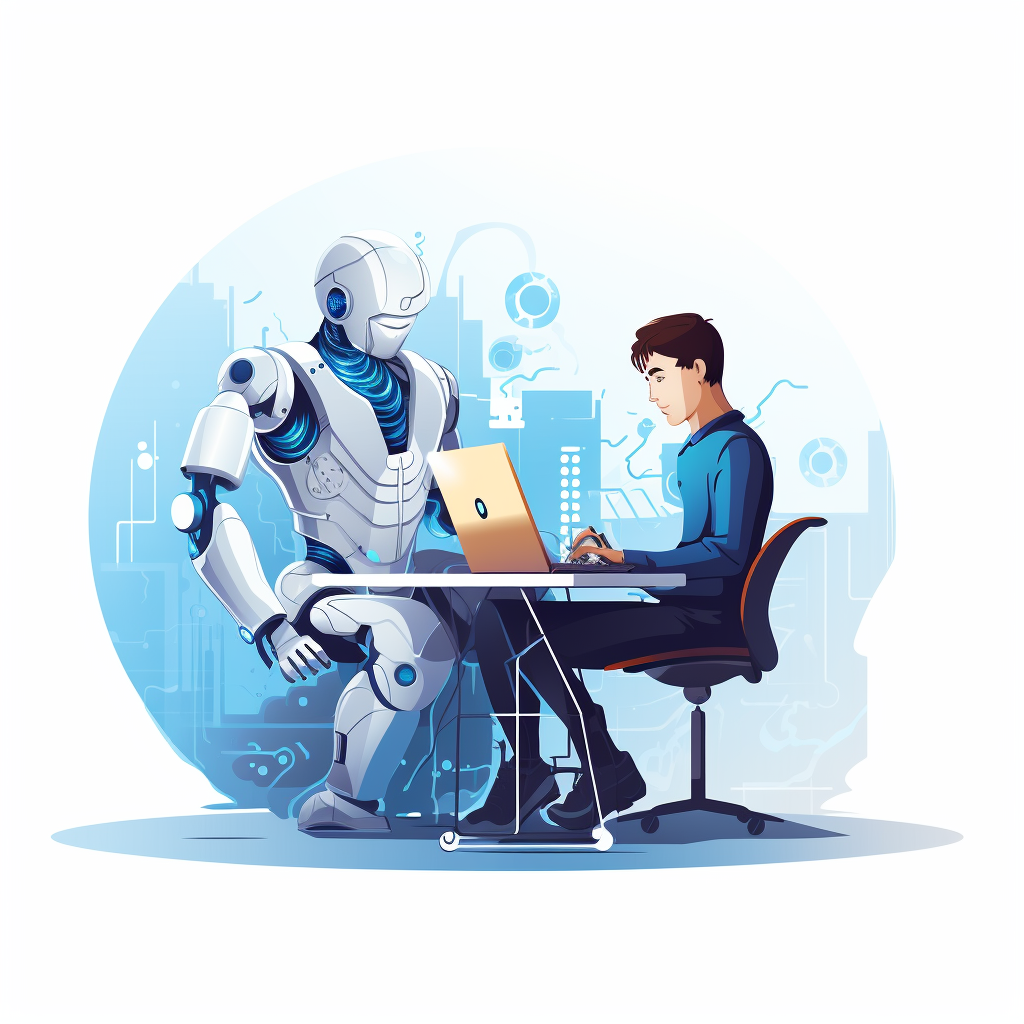The application of artificial intelligence (AI) in software development has become a topic of considerable interest in recent years. Machine learning models, such as GPT-4, can now assist in code generation, auto-correction, and even code suggestion. As with any technological advance, using AI to write code has both its advantages and drawbacks. This article breaks down the benefits and pitfalls of utilizing AI in coding.
1. Pros: Speed and Efficiency
Efficiency: AI-driven tools have the potential to automate routine and repetitive coding tasks. These tools can quickly generate boilerplate code, handle standard database CRUD (Create, Read, Update, Delete) operations, and even set up framework-specific configurations. This automation can significantly speed up the development process.
Adaptation: Moreover, AI models can adapt to different coding styles and preferences. Over time, they may recognize patterns in a developer’s coding style and offer suggestions that align with that style, ensuring consistency across projects.
2. Pros: Error Reduction
Code Quality: One of the most significant benefits is the ability of AI to catch and fix errors in real-time. By analyzing vast amounts of code, AI can develop an understanding of common mistakes and offer immediate corrections, potentially enhancing the code’s quality and robustness.
Predictive Analysis: Additionally, AI tools can perform predictive analysis to identify parts of the code that might be susceptible to bugs in the future, giving developers a heads-up to address these potential issues proactively.
3. Pros: Democratization of Coding
Accessibility: For those who might be new to programming or come from non-technical backgrounds, AI tools can act as a bridge, offering suggestions and guiding them through the coding process. This lowers the entry barrier and makes software development more accessible to a broader audience.
Learning Assistance: For learners, AI can provide immediate feedback, helping them understand their mistakes and rectify them on the spot. This real-time feedback loop can expedite the learning curve.
4. Cons: Over-reliance
Dependency: One primary concern is that developers might become overly reliant on AI tools. This dependence could lead to a potential degradation in coding skills, as developers might lean on AI suggestions without fully understanding the underlying logic.
Loss of Creativity: Relying heavily on AI for code generation might limit a developer’s creativity. The solutions offered by AI tend to be based on existing patterns, which could stifle innovative and out-of-the-box thinking.
5. Cons: Limited Understanding and Nuance
Context: While AI can recognize patterns, it might not fully grasp the context or specific requirements of a project. Developers often need to make decisions based on a broader understanding of the project goals, something AI isn’t currently equipped to handle.
Complexity: For highly complex or novel tasks, the suggestions or code generated by AI might not be optimal. Human expertise and intuition still play a crucial role in addressing intricate coding challenges.
6. Cons: Job Concerns
Displacement: With AI taking on more coding tasks, there’s a lingering fear about job displacement. While this is a valid concern, it’s essential to understand that AI, at least for the foreseeable future, is more of an assistant rather than a replacement.
Skill Shift: The rise of AI in coding might necessitate a shift in the skills that are in demand. Developers might need to be more knowledgeable about AI, guiding and refining its output, rather than coding everything from scratch.
Conclusion:
AI’s role in software development is undeniably transformative. While it offers many benefits in terms of speed, efficiency, and error reduction, there are valid concerns about over-reliance, potential job shifts, and the nuances of understanding project-specific contexts. As with any tool, the key lies in understanding its strengths and weaknesses and using it judiciously to augment human capabilities.




